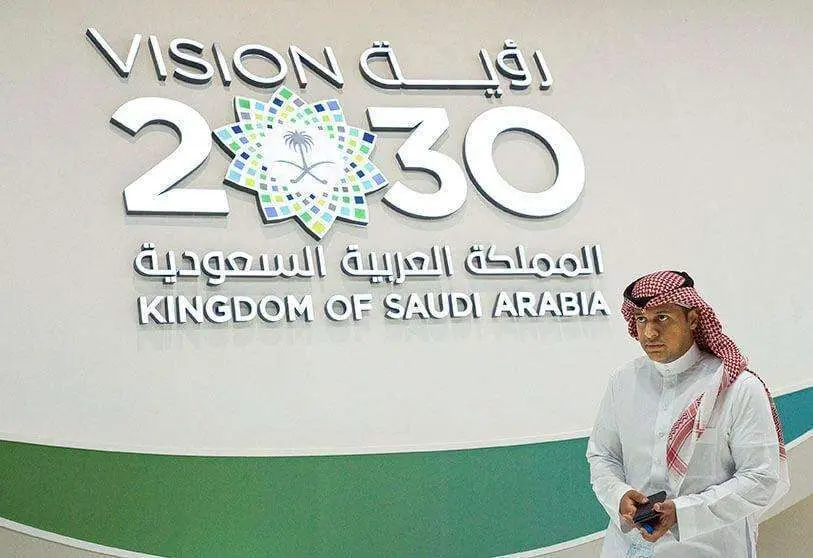Saudi unemployment rate continues to fall and is at lowest levels since 2008

The good labour market situation in Saudi Arabia continues to show signs of growth. Saudi unemployment fell by 9.7% in the second quarter of 2022. The figures are the lowest since 2008. Government policies regarding employment in the country have succeeded in shifting unemployment from being one of the main problems thanks to the labour reforms carried out by the government, which is in line with Crown Prince Mohammed bin Salman's plans to transform the country's economy away from dependence on oil.
According to data released by the General Statistics Authority, unemployment fell to 11.3%, down 0.4% quarter-on-quarter compared to last year. The overall unemployment rate among Saudis and non-Saudis was also reduced by about 1% on a yearly basis.

Providing job opportunities for Saudi nationals, around 60% of whom are under 35, is a priority for the crown prince and for achieving the goals set by the ruler in the Vision 2030 plan. The Saudi labour market has received much support from private institutions on a large scale, thanks to the development of mega-projects across the country, as well as GDP growth supported by rising oil prices. The latter is estimated to have grown by 12.2% in the second quarter alone.
The pursuit of further development by Middle Eastern countries, especially in the area of women's integration, is paying off on the employment front in Saudi Arabia where the female unemployment rate fell by 3% from the previous year to below 20%. Figures show that the participation rate of Saudi Arabian women is on the rise, occupying 36% of the country's labour force.
Among the main sectors that benefited are the technology sector, communications, tourism and logistics, which is in line with the Vision 2030 goal of developing sectors not dependent on hydrocarbons and oils. However, challenges remain. Although unemployment continues to fall, the figures remain worrying, especially outside the main urban centres where the cost of living is just as high. To a large extent, job vacancies depend on the government's ability to attract foreign investment willing to be part of the Vision 2030 project.

It is not surprising that, since its foundation, Saudi Arabia has experienced unprecedented development and has managed to position itself as the country with the largest economy of all the Gulf countries, with 1,040 million dollars, ahead of the United Arab Emirates, Qatar and Kuwait, and one of the main global economies. The increase in crude oil prices and demand in Saudi Arabia, the main producer of hydrocarbons, has led it to economically surpass countries such as Russia and Brazil. In fact, GDP is expected to grow by 7.5% in 2022, the highest rate of increase in the last 10 years.
The promotion of renewable energies, self-sufficiency and the development of new technologies are also a key element in Saudi Arabia in recent years, something the world is watching closely.








